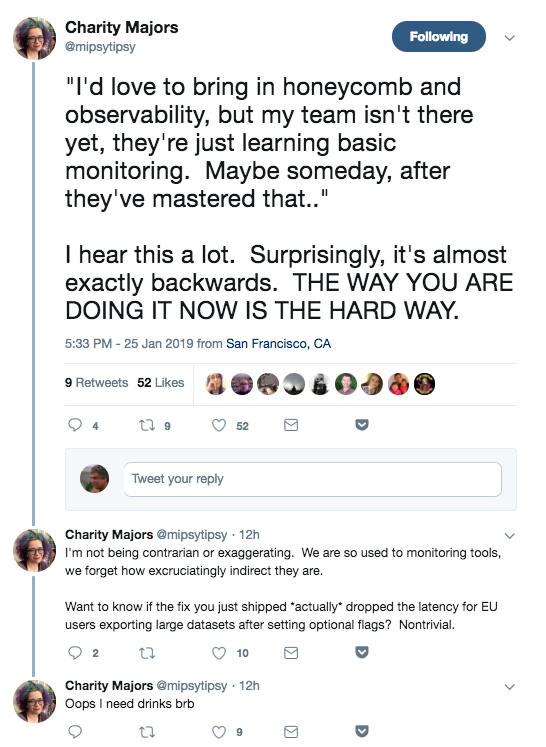The relative effectiveness of collaborative work over individual work for many (not all) activities has become well-enough established by now that hardly anyone questions it. No one establishes an “agile” work space in such a way as to maximize disconnected, individual work and to minimize direct communication. That would be absurd.
And yet, people are determined to defend their comfort zones. A popular way to avoid working collaboratively is to say, “I’m an introvert.” Often, this is stated flatly, with a tone of finality, as if the word “introvert” completely explains why it is impossible for the individual to collaborate with others. Obviously, an introvert has to work alone all the time. They are hard-wired that way. It’s innate. It’s an immutable trait. There are no variations or nuances. End of argument. Now I’m going to turn my back on you and put my headphones back on. Go away.
There are a couple of problems with the way people typically throw the word “introvert” around.
